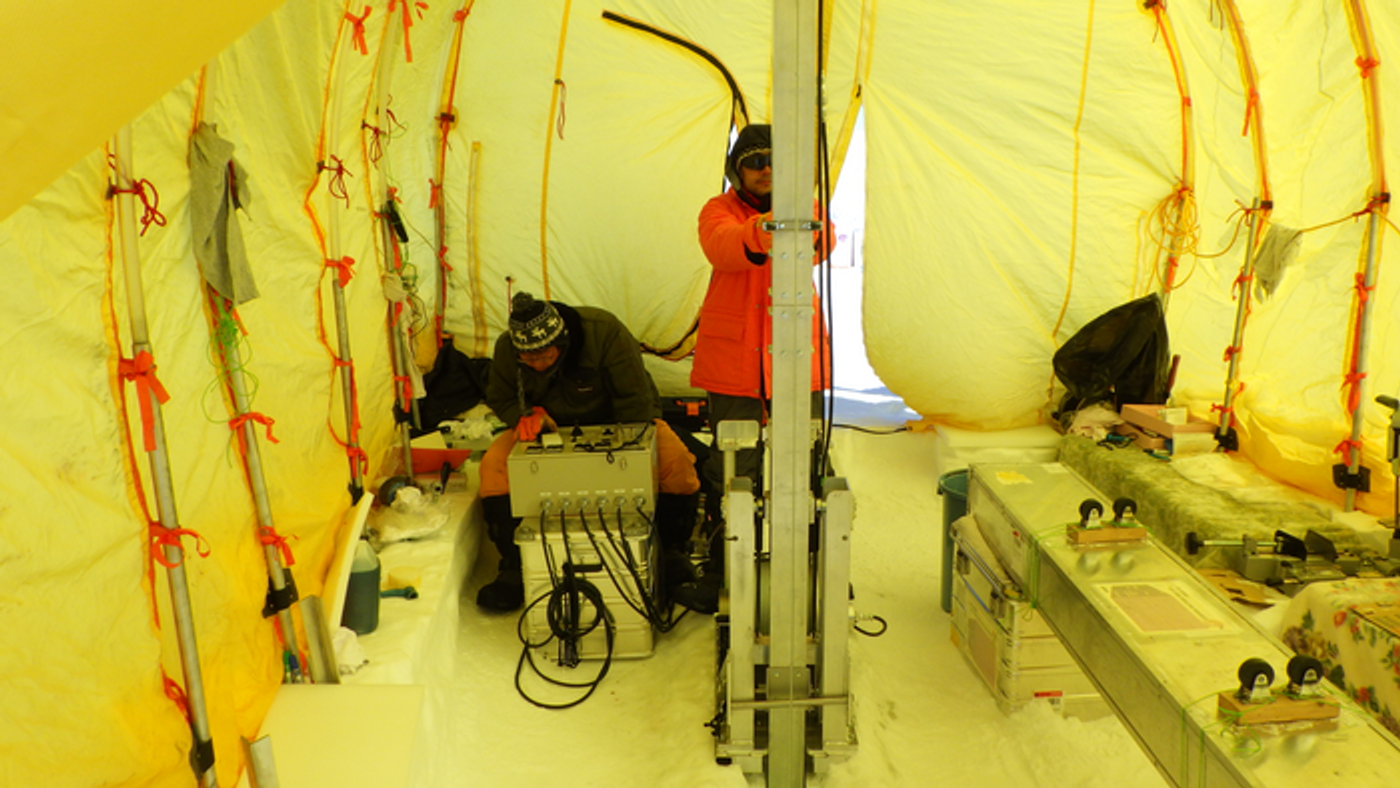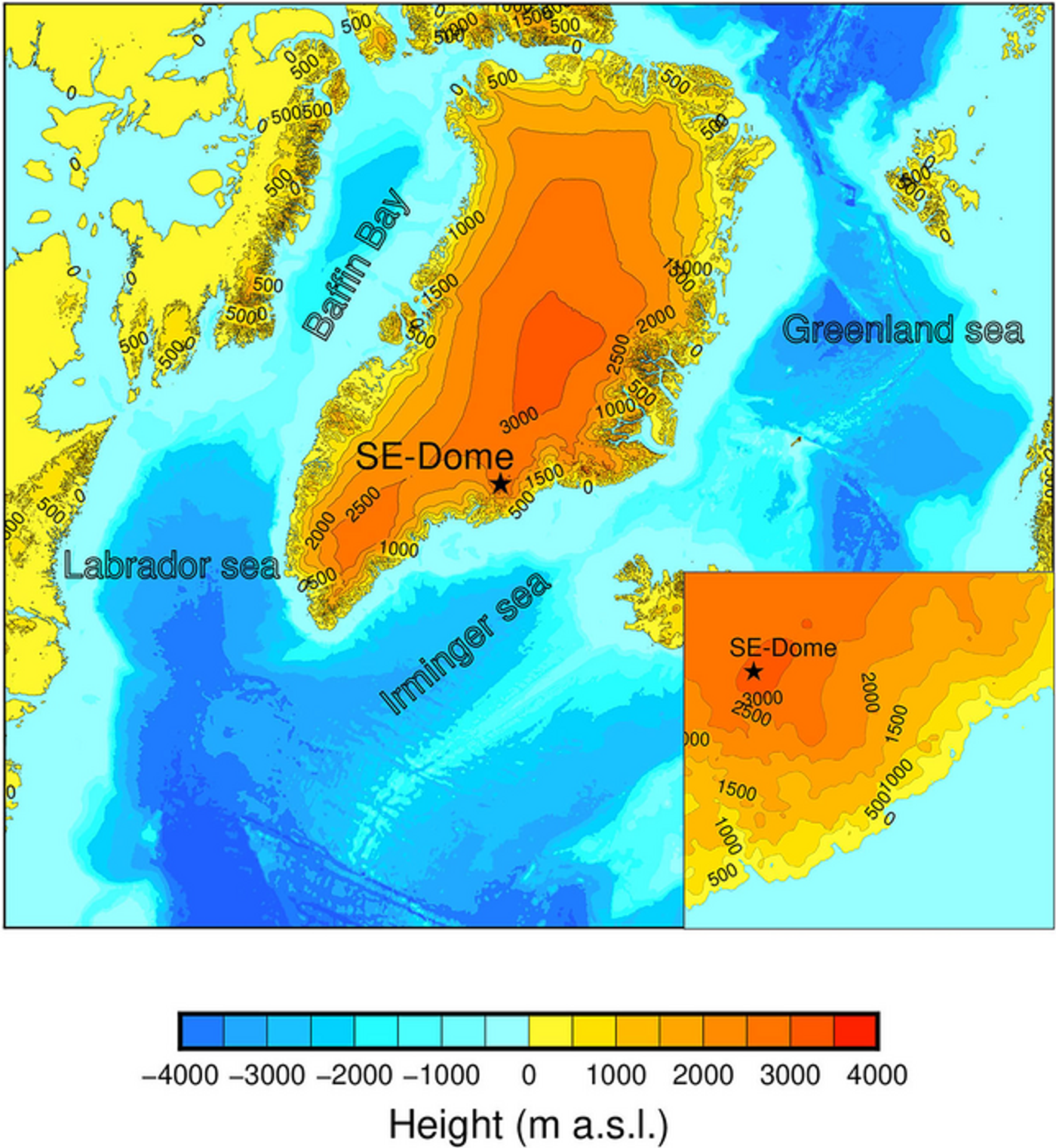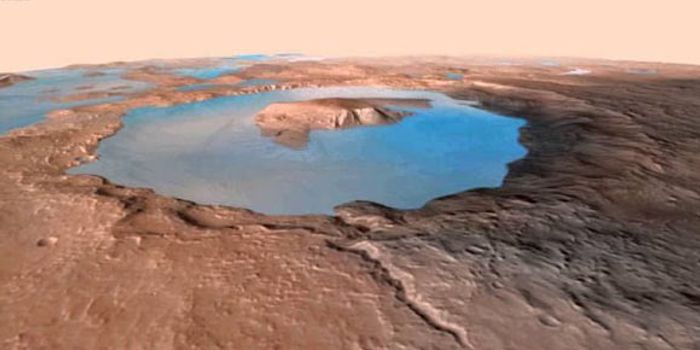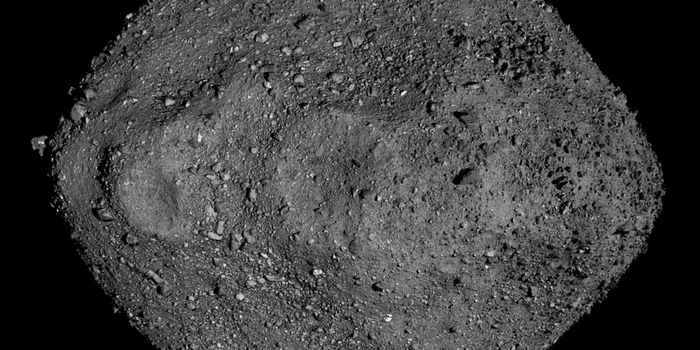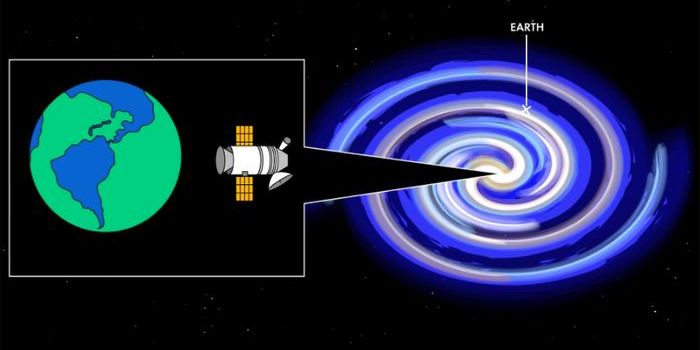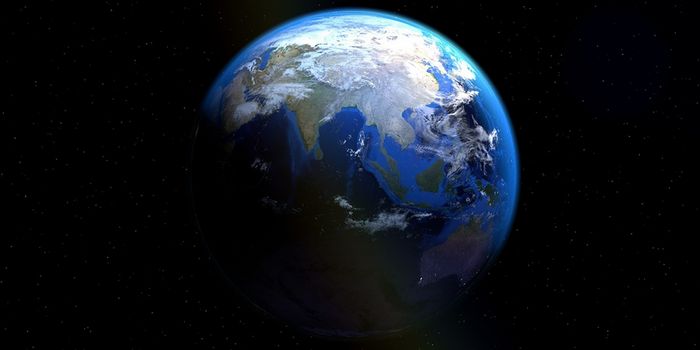55-Year-Old Ice Core Record Reveals Facts About "Anti-Greenhouse" Gas
The field of ice core science has allowed scientists to better understand Earth’s history, as ice cores are nothing more than cylinders of ice that act as frozen time capsules having have been drilled from glaciers or ice sheets. These cylinders allow researchers to investigate the ancient Earth’s climate, as the cores coincide with not only past years, but seasons, as well, with the youngest ice at the top of the cylinder and the oldest at the bottom. It is ice core science that has allowed scientists to reconstruct the Earth’s ancient climate spanning hundreds of thousands of years.
It is this ice core science that is used in a recent study published in Communications Earth & Environment, where a team of researchers led by Hokkaido University present a 55-year-old ice core record from the southeast Greenland ice sheet to examine how the molecule, dimethyl sulfide, influences ocean cloud formation, and its role in adjusting Earth’s climate. This study holds the potential to help scientists better understand how much the progressive loss of sea ice plays a role in the marine environment, and thus, climate change.
A contour heat map of Greenland, which indicates the region's elevations. The star is where the study's ice core was obtained (Yutaka Kurosaki, Sumito Matoba, et al. Communications Earth & Environment. December 26, 2022). (Credit: Yutaka Kurosaki, Sumito Matoba, et al. Communications Earth & Environment. December 26, 2022)
Dimethyl sulfide is a byproduct of phytoplankton, also called microalgae, and the compound methane sulfonic acid (MSA), is a byproduct of dimethyl sulfide. This entire process contributes to the atmospheric chemistry of aerosols within the Earth’s atmosphere, which leads to ocean cloud formations, which can either contribute to, or negatively impact, the Earth’s climate, specifically relating to climate change. The formation of clouds blocks the Sun’s radiation from reaching the Earth, which can have a positive impact on the effects of climate change, but the presence of these clouds can also trap heat, which worsens climate change effects.
For the study, the researchers examined changes in MSA from 1960 to 2014 at monthly increments, discovering a reduction in MSA levels between 1960 and 2001, but a noticeable increase from 2002 and onward.
“We found that July to September MSA fluxes were three to six times higher between 2002 and 2014 than between 1972 and 2001,” said Dr. Sumito Matoba, who is an assistant professor at Hokkaido University, and a co-author on the study. “We attribute this to the earlier retreat of sea ice in recent years.”
The researchers used satellite data from the surrounding seas that observed levels of chlorophyll-a, which is a critical sunlight-absorbing green pigment, to corroborate their findings. The reason is chlorophyll-a indicates an abundance of phytoplankton, which also indicates the presence of dimethyl sulfide.
While the study’s results add crucial input of the varying levels of dimethyl sulfide, Dr. Matoba stresses the importance of long-term observations of aerosols is still required.
“This will be essential to follow the current impact, and predict future impacts, of dimethyl sulfide emissions on the global climate,” said Dr. Matoba.
How else will ice core science help scientists to further understand Earth’s ancient climate, and possibly its future climate? Only time will tell, and this is why we science!
Sources: National Science Foundation, Communications Earth & Environment, National Oceanic and Atmospheric Administration
As always, keep doing science & keep looking up!
